Editor's Note: The following is an excerpt from "It All Adds Up” by Erin Peterson from the latest edition of UT Dallas Magazine.
Innovative programs. Remarkable teaching and research. Alumni successes. All of these factors add up to a continuing appreciation for mathematics at UT Dallas. Some interesting applications of the discipline are showcased here.
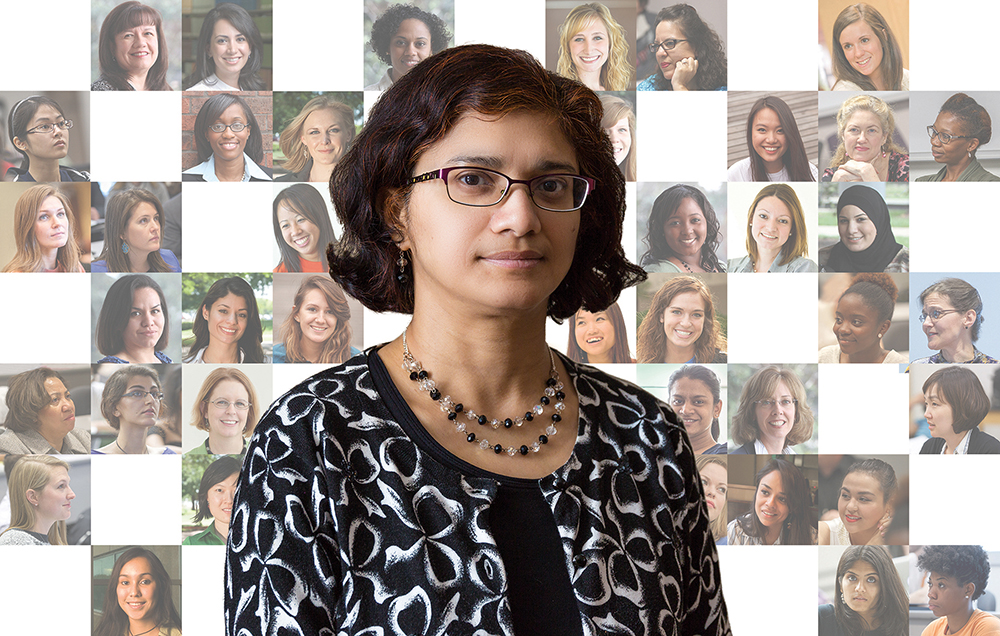
The statistical modeling of Dr. Swati Biswas, associate professor, is helping guide patients with a high risk of breast cancer in crucial and timely management of their condition.
A Better Cancer Test
The statistical modeling of Dr. Swati Biswas, associate professor of statistics, is helping guide patients with a high risk of breast cancer in crucial and timely management of their condition.
She has contributed to creating a statistical software that works in tandem with physician-administered questionnaires about a patient’s family history with breast and ovarian cancer.
“Those factors are fed into the model, and it will (reveal) the chance that a patient has a mutation of a breast cancer gene, and her risk of developing breast cancer in five or 10 years,” says Biswas.
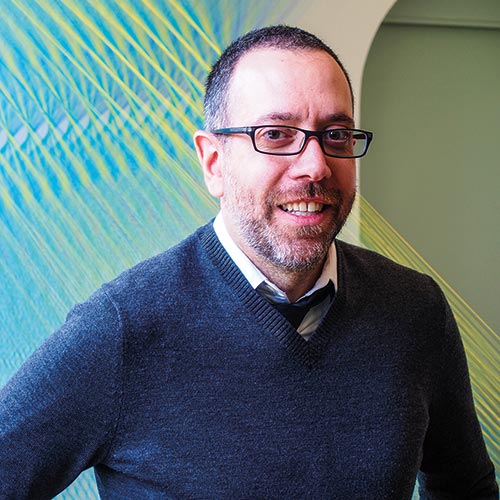
Gabriel Dawe MFA'11
Geometry Threaded Through Art
Gabriel Dawe MFA’11 creates beauty by combining the Pythagorean theorem with up to 60 miles of thread. While the results of his efforts are striking, the process of creating an installation — calculating the distance of every triangle leg and hypotenuse, climbing up and down a ladder to place each thread with pinpoint precision — is exceptionally demanding.
He’s constantly looking for new ways to improve the work by creating ever-more pleasing symmetry and integrating other mathematical concepts like the Fibonacci sequence. “Mathematicians often talk about finding ‘elegant’ solutions to problems, and I relate to that,” says Dawe. “I’m always trying to find ways to make something a little more perfect.”
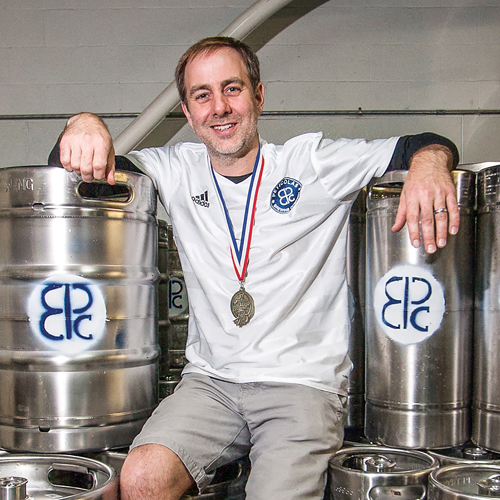
Michael Peticolas BA'95
The Brewer’s Formula for Success
Lawyer-turned-brewer Michael Peticolas BA’95 says the real math of a brewery comes in recipe development.
“I went to the American Brewers Guild and took their intensive brewing science and engineering course,” he says. “There’s quite a bit of math in that. It helped me scale up from 5 gallons that I was doing in my backyard to the 500 gallons I brew at a time today.”
The challenge of recipe formulation comes from the almost infinite number of variables that transform a beer from exceptional to undrinkable. “Will you use kilned malted barley or roasted barley? How much sugar do you want to extract from the malted barley? How much alcohol do you want to end up with?” he says, ticking off just a few pieces of the equation.
Peticolas seems to have found the right answer: His brewery’s beers have earned two gold medals from the Great American Beer Festival, the biggest award in the beer industry.
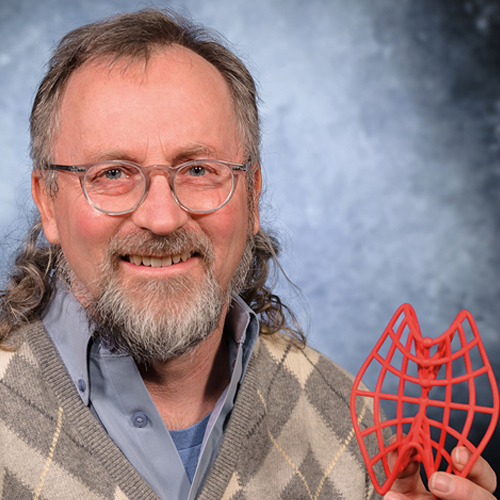
Dr. John Zweck
Object Lessons
With a small grant from the National Science Foundation, Dr. John Zweck, professor of mathematics, has created three-dimensional printed models of important geometrical shapes like saddle surfaces and helices. Zweck brings dozens of these models to his classrooms to help students understand the work they’re doing on a real-world level.
“It’s different when you can put a helix right in front of your nose or draw your finger along the curve,” he explains.
The bigger idea? He wants these models to help students develop a more nuanced understanding of mathematics. “When students learn to use verbal explanations to connect logical thinking, geometric imagination skills, and algebraic calculations, they become creative problem solvers (in the discipline),” says Zweck.
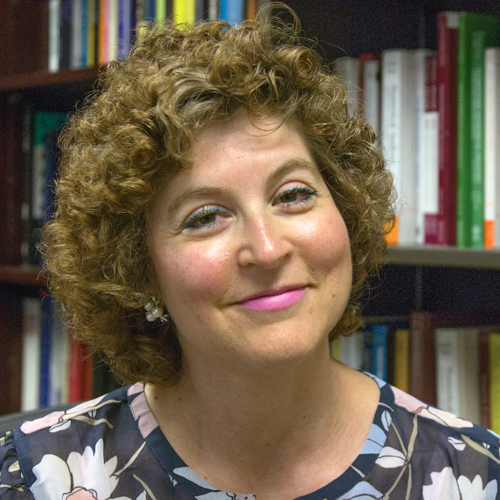
Dr. Susan Minkoff
The Tiny Tells of a Great Big World
A whiff of certain chemical compounds at the airport could indicate the presence of a bomb. Too much carbon dioxide might mean a car won’t pass an emissions test. Mathematics professor Dr. Susan Minkoff’s work identifying trace gases may save lives.
Minkoff helps develop computer-generated models that predict how sensors will behave in different situations. For example, many gases will absorb the energy of a specially tuned quantum cascade laser, which then causes the molecules to vibrate. With a tiny tuning fork, these vibrations can be detected and amplified.
“When we’re trying to detect really small amounts of gases, parts per million — or even just a few parts per billion — we want to determine the best tuning fork geometry to maximize the signal,” Minkoff explains.
The melding of math and real-world applications is work that Minkoff finds invigorating. “Solving equations on paper is fun, but the real world is messy and complicated,” she says. “We want to make sure that we can help develop models that are as close to reality as possible.”
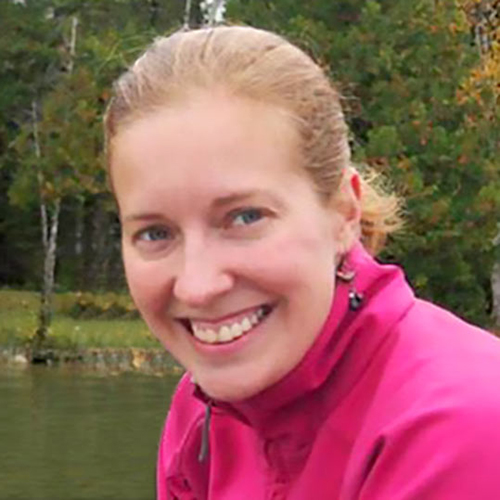
Sophie Rutenbar BA’06
Swimming in Numbers
When amateur swimmer Sophie Rutenbar BA’06 made her successful 14-hour English Channel crossing in 2009, numbers weren’t on her mind. She relied on her support team to provide real-time calculations linked to wind, waves and weather to help her get from coast to coast.
For shorter swims, like the 1,500-meter swim at the 2016 New York City Triathlon, Rutenbar built spreadsheets, created yardage goals and developed milestones. She can zero in on her goals down to the second and to the stroke.
“I’m always trying to figure out what my interval is, trying to understand how fast I’m swimming and how it’s going to translate in a race,” says Rutenbar, whose day job is in the Department of Field Support for the United Nations.
Actuarial Careers
Job description
Uses skills in statistics, probability and mathematics to address business problems involving the cost of possible future events.
Degrees Offered
Bachelor of Science in Actuarial Science, Master of Science in Actuarial Science
Starting Salary Range
$44,000 to $60,000
Median Pay (in 2016)
$97,070
Employment Outlook
Excellent
Program Addresses Need
for Experts in Actuarial Science
Safeco Insurance recently ranked UTD’s actuarial program as the 11th best in the nation. When the program’s master’s degree debuted in 2013, it was the first of its kind in Texas.
“Students obtain a much deeper knowledge of probability, statistics and decision theory that provides exceptional training,” says Natalia Humphreys, who is a fellow of the Society of Actuaries and associate head of the University’s program.
Actuaries entering the workforce must obtain professional accreditation by taking several qualifying exams, depending on the job. Humphreys says the undergraduate degree offers complete preparation for the first two exams, with partial preparation for the other three. The master’s degree offers complete preparation for all five actuarial exams.
Read the full article in UT Dallas Magazine.